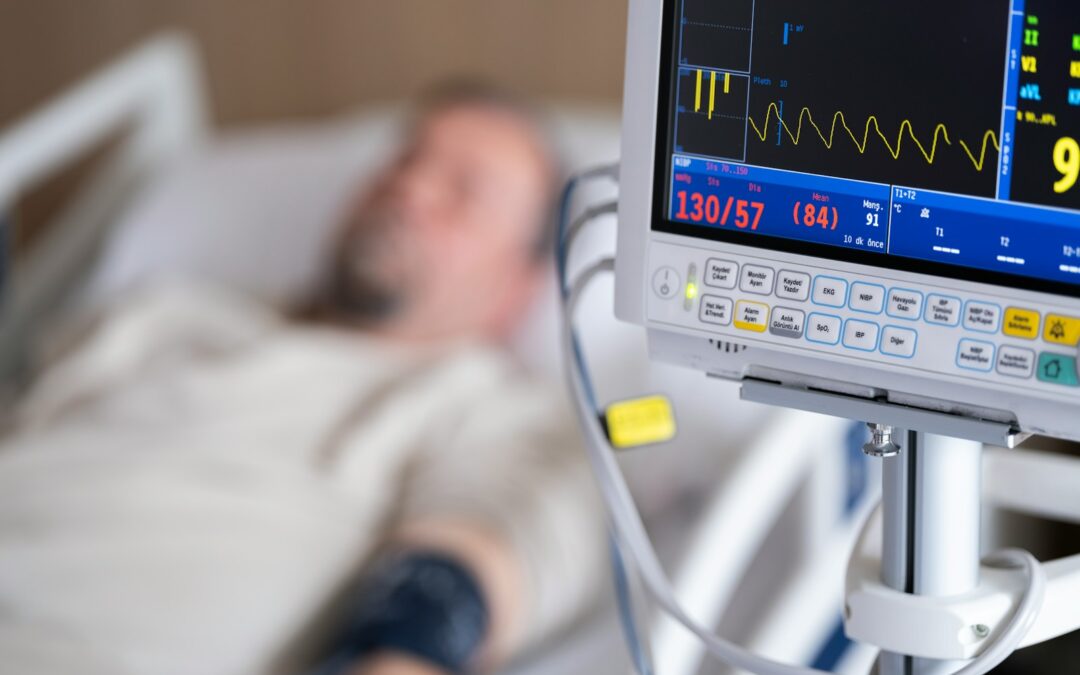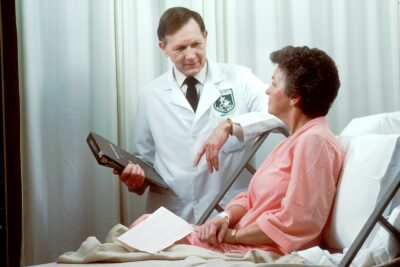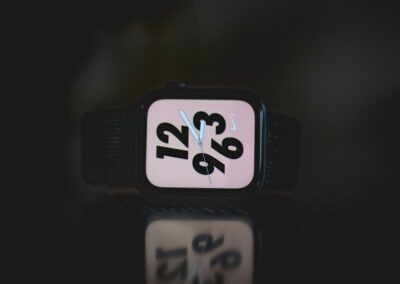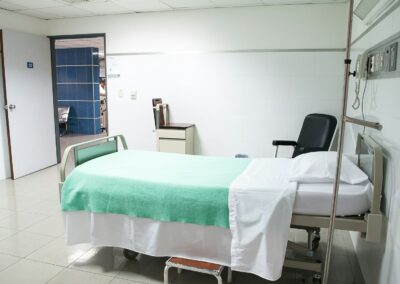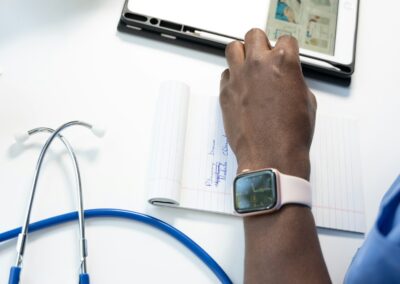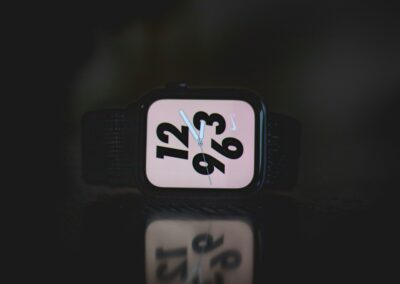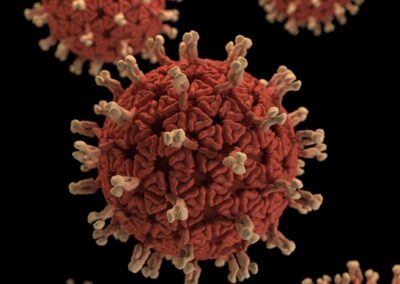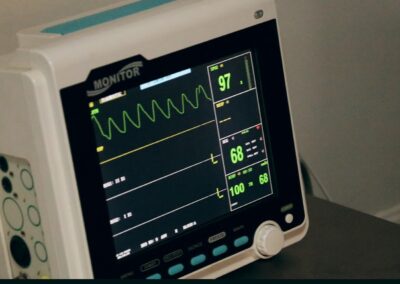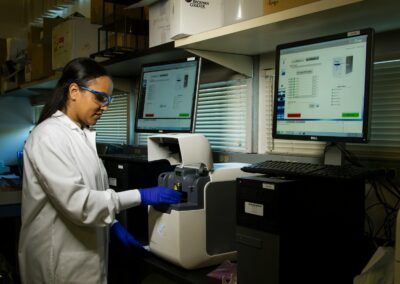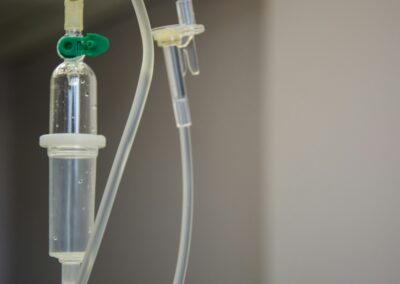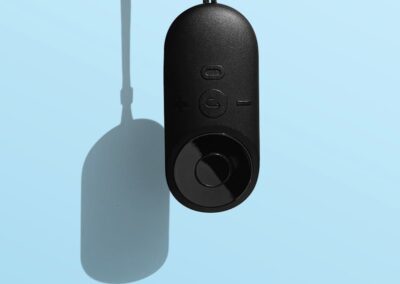Revolutionizing Patient Tracking with Digital Twins
Advancing Remote Health Monitoring Through Digital Twins
Remote health monitoring with digital twins represents a groundbreaking advancement in healthcare technology. Digital twins, which are virtual replicas of physical entities, allow healthcare providers to monitor patients’ health metrics in real time from a distance. By integrating these sophisticated digital models with wearable health devices and telemedicine platforms, providers can gain continuous insights into a patient’s condition without the need for frequent in-person visits.
The core advantage of using digital twins for remote health monitoring is the ability to track a comprehensive array of health data in real time. For instance, sensors attached to wearable devices can feed data such as heart rate, blood pressure, and glucose levels into the digital twin. This constant stream of information enables healthcare providers to identify trends and anomalies quickly, allowing for timely interventions and personalized treatment adjustments.
Furthermore, digital twins enhance remote health monitoring by creating a dynamic and interactive model of a patient’s health status. This model not only reflects current health conditions but can also simulate potential future scenarios based on different treatment options or lifestyle changes. Such predictive capabilities are invaluable for making informed decisions about patient care and managing chronic conditions more effectively.
Improving Patient Outcomes and Efficiency
The implementation of remote health monitoring with digital twins leads to significant improvements in patient outcomes and healthcare efficiency. For patients, particularly those with chronic illnesses or those requiring long-term care, remote monitoring provides a more convenient and less disruptive way to manage their health. This approach reduces the need for frequent hospital visits, which can be time-consuming and costly.
For healthcare providers, digital twins offer a powerful tool for optimizing care delivery. The ability to monitor patients remotely means that providers can allocate resources more effectively and prioritize interventions based on real-time data. This can lead to more proactive care, where issues are addressed before they escalate into serious problems, thereby reducing hospital admissions and improving overall healthcare efficiency.
Moreover, digital twins facilitate better patient engagement. Patients who are actively involved in monitoring their health through digital platforms are more likely to adhere to treatment plans and make healthier lifestyle choices. This increased engagement not only enhances patient satisfaction but also contributes to better long-term health outcomes.
Addressing Challenges and Ensuring Data Security
While remote health monitoring with digital twins offers numerous benefits, there are also challenges to address, particularly concerning data security and privacy. The continuous transmission of sensitive health information raises concerns about data breaches and unauthorized access. To mitigate these risks, healthcare providers must implement robust cybersecurity measures, including encryption and secure authentication protocols, to protect patient data.
Additionally, there is a need for regulatory compliance and standardization in the use of digital twins for remote monitoring. Healthcare organizations must ensure that their practices align with relevant regulations and standards to guarantee the safety and efficacy of their monitoring systems. This involves staying updated with evolving regulations and investing in technologies that support compliance.
Another challenge is ensuring that the technology is accessible and user-friendly for patients. Not all patients may be comfortable or familiar with digital health tools, so providing adequate training and support is crucial. Healthcare providers should offer clear instructions and technical assistance to help patients effectively use remote monitoring devices and engage with their digital twins.
Future Prospects and Technological Advancements
Looking ahead, the future of remote health monitoring with digital twins holds exciting possibilities. Advances in artificial intelligence and machine learning are expected to enhance the capabilities of digital twins, allowing for even more precise and predictive health monitoring. AI algorithms can analyze vast amounts of data from digital twins to provide deeper insights and more accurate forecasts of health trends.
Additionally, the integration of blockchain technology could improve data security and transparency. Blockchain’s decentralized nature can provide a secure and immutable record of health data, ensuring that patient information is protected and accessible only to authorized parties. This could address many of the current concerns regarding data privacy and integrity.
Furthermore, as telemedicine continues to evolve, the use of digital twins in remote health monitoring will become increasingly seamless. Innovations such as augmented reality and virtual reality could enhance the interaction between patients and healthcare providers, offering immersive experiences for remote consultations and health management.
Conclusion
In summary, remote health monitoring with digital twins is transforming the landscape of healthcare by enabling continuous, real-time monitoring of patient health from a distance. This technology not only improves patient outcomes and operational efficiency but also addresses key challenges in data security and accessibility. As technology advances, digital twins will play an increasingly vital role in shaping the future of healthcare, offering innovative solutions to enhance care delivery and patient engagement.
#RemoteHealthMonitoring #DigitalTwins #TelemedicineInnovations #DigitalHealth #HealthcareTransformation #ArtificialIntelligence #PatientTracking #HealthcareEfficiency #SaudiArabia #UAE #Riyadh #Dubai #BusinessSuccess #Leadership #ProjectManagement

